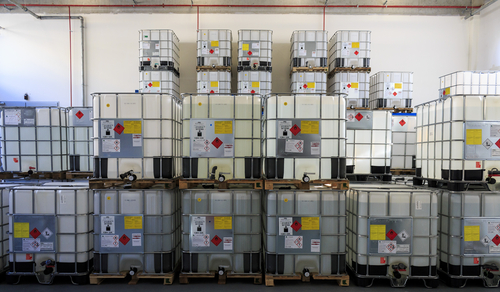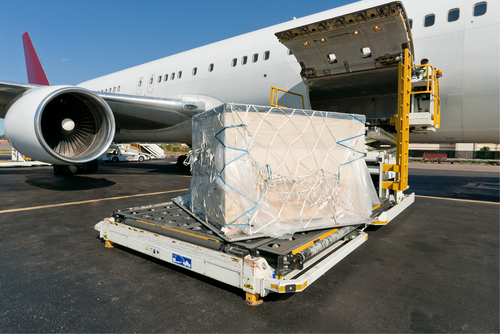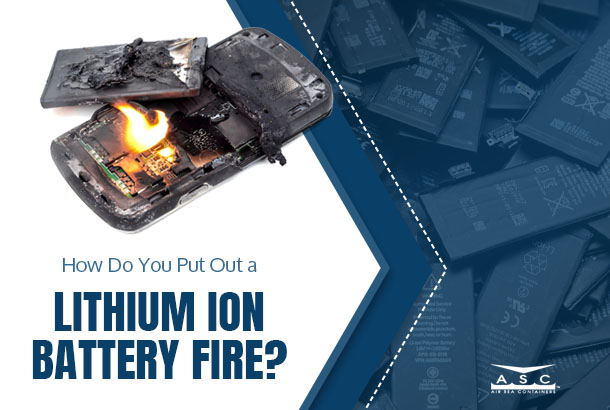The International Air Transport Association (IATA) estimates that over one billion lithium batteries are flown around the world each year. With a dangerous goods classification, you must take certain precautions when packaging and shipping lithium batteries.
About Lithium Batteries
Lithium batteries are a relatively newer type of battery designed to store high amounts of electrical energy. Although this is good news for consumers desiring a longer-lasting battery, this also means lithium batteries can generate large amounts of heat if a short circuit occurs.
Additionally, lithium batteries have highly flammable chemical content which may catch fire if damaged or improperly handled during assembly and shipment.
IATA and the Pipeline and Hazardous Materials Safety Administration (PHMSA) publish and regularly update regulations on how to safely ship and package hazardous goods.
Below you can find some common mistakes to avoid when shipping lithium batteries to ensure you are following regulations.
Mistake 1: Shipping on Passenger Aircraft
Regulations define lithium batteries as either lithium ion batteries, which are rechargeable, or lithium metal batteries, which are not rechargeable. The regulations for both types of lithium batteries, as of April 1, 2016, require lithium batteries to be “contained in equipment.”
Contained in equipment means the battery must be physically connected to a device like a cellphone or a laptop. This rule contrasts with packing the battery “with equipment” which refers to the battery physically unconnected to a device.
Mistake 2: Not Providing Short Circuit Protection
Because the risk of fire is so high with lithium batteries, short circuit protection is crucial to ensure the batteries do not overheat and can be shipped safely.
To prevent short circuits, each lithium battery must be separated from metal objects when placed in a package. The battery terminals should also be insulated with electrical tape or some other non-conductive material. Also, proper packaging should be used to prevent the lithium batteries from shifting during transport.
Additionally, you must ensure no batteries will come into contact with other batteries, conductive surfaces, or metal objects when in transport. This contact can be prevented by using fully enclosed inner packaging materials made of non-conductive materials such as plastic to pack the batteries.
Mistake 3: Shipping Recalled Lithium Batteries by Air
This method is a new requirement published relatively recently as more defective lithium batteries have been recalled. Recalled lithium batteries should not be sent back to the manufacturer by air. Doing so can be highly dangerous, as the defective batteries may not meet specific air transport regulations and may become fire hazards. You will also face penalties if you break this rule.

Mistake 4: Not Using Proper Labels
You must apply the correct labels for shipping lithium ion or lithium metal batteries. The labels should describe the type of battery that is inside your package as well as whether it is packed with or without equipment.
Additionally, documentation must accompany battery shipments. The paperwork must contain information on how the package should be handled, the special procedures that must be followed in case the package is damaged, and a telephone number to call for additional information.
Specifically, for both lithium ion and lithium metal batteries, the labels used should be at least 110 mm × 120 mm. It should also be fixed on the outside of the battery package. For smaller packages that will not fit the bigger labels, you may use a 105 mm × 74 mm size label instead.

Mistake 5: Failing Testing Requirements
Between 1991 and 2016, there were 138 airport accidents involving lithium batteries recorded by the U.S. Federal Aviation Administration. These incidents involved smoke, heat, and fires stemming from batteries inside electronic devices.
The dangerous situation can quickly escalate, as overheating lithium batteries placed in the plane’s cargo hold can force planes to make emergency landings.
As a result, new regulations state lithium batteries can only be transported after the batteries have passed the UN 38.3 testing requirements for safety. The requirements have standards for a sampling of the shipments and outline what tests must be done.
Final Thoughts
Lithium batteries have become an essential part of our everyday lives in the twenty-first century. They can be found in almost every electronic device, and over one billion units are being moved around the world each year. However, they can be highly flammable and are considered dangerous goods which require certain precautions during transportation.
Some common mistakes made during their transport include not providing short circuit protection, not placing proper labels on the packaging, and not meeting certain testing requirements.











